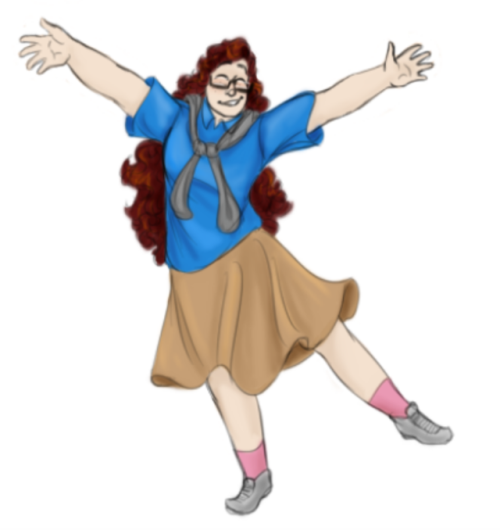
Some cats will offer up clues that they have heart disease, such as a heart murmur found during a physical – which is a good reason for a yearly physical examination by your veterinarian. So what is a pet-owner to do? If the treatment is so bad, how can these be prevented? A few disorders you may have heard of include Cushing’s disease (an adrenal gland disorder), some cancers, immune-mediated hemolytic anemia (IMHA), heartworm disease and the medical mouthful of glomerulonephritis (a kidney disorder). They are often due to a host of underlying diseases, too, but the diseases are frequently more manageable than the feline variety. We see dogs with blood clots in their lungs, spleens, almost anywhere. We are recognizing more dogs with problematic blood clots. But for those that do return to walking, the chances are very high that they will experience another clot within a few months.Ĭats are not the only ones that we see with blood clot problems. There are those cats that will recover function in their legs and regain the ability to walk – about half of them may do this if given enough time and pain medication. The outlook for this disease is that bleak. I have treated many of these cases, and I can honestly say that I feel worse about the ones that I have tried to treat than the ones that we have euthanized to relieve their pain. When you add to this the serious underlying heart disease that is invariably in these cats and the pain that they are in, most veterinarians will recommend humane euthanasia as soon as the diagnosis is made. When the clot moves, all that bad juju and toxic soup that builds up in the tissues deprived of oxygen moves into the circulation, where it can kill the patient. The problem is that those legs have gone without circulation for as much as several hours. In some cases, we use powerful clot-busting drugs, similar to what are used for people with strokes or heart attacks, to try to get the clot to break up and reestablish blood flow.

The treatment is almost as bad as the disease. The blood clots are secondary to serious heart disease.ģ. The degree of pain makes it almost inhumane to proceed.Ģ. There are three very bad things that make this an almost impossible condition to treat:ġ. One of the first things we do for these patients is order up large quantities of weapons-grade pain killers for them, as the pain alone can tip them over the edge into heart failure and lead to their death. We can sometimes hear them as they enter the building, and they have a very distinctive howl that chills the hopefully freely-flowing blood of the clinician about to see the case. When a saddle thrombus hits (and it can happen with no warning) the cats are in tremendous pain and become instantly paralyzed. Owners are shocked by how quickly this comes on, and most will utter some variant of “he was fine an hour ago, now you’re telling me he is dying?” One minute, cats are sitting happily at home, dreaming of taking over the planet. When it hits the split in the blood supply to the legs, known as the aortic bifurcation, the clot lodges there, draped over the division between the two femoral arteries and blocks blood flow.

The pooled blood can form a clot inside the heart, which can then break off spontaneously and travel down toward the legs, carried along by the flow of blood. Saddle thrombi are seen almost exclusively in cats and are usually an indicator of serious underlying heart disease one chamber of the heart enlarges due to disease and blood tends to pool there.

The most common type of blood clot that we see is what is known as a saddle thrombus, so named because it sits at a fork in the road of some major arteries like a saddle sits atop a horse. If blood decides to solidify and stop flowing, bad things happen. It can be thought of as a blockage that lodges in the blood supply known as the coronary arteries, which feed the heart muscle.Įven though my patients are spared the misery of heart attacks, blood clots are still a huge problem that is largely unrecognized by most pet owners. A heart attack (which is a thankfully rare condition in dogs and cats) is a ‘stroke’ of the heart. The term ‘stroke’ specifically refers to a bleed or clot in the brain, but these problems can crop up anywhere that blood flows: the lungs, the kidneys, calf muscles, etc. Strokes come in two major types, blood clots and bleeds. They are a leading cause of death and disability for humans. Strokes in people account for a huge amount of medical misery and expense.


 0 kommentar(er)
0 kommentar(er)
